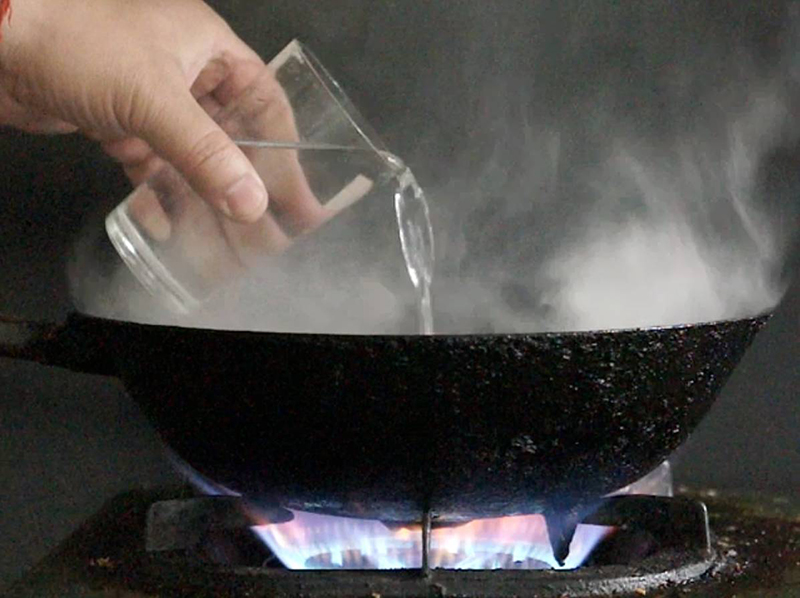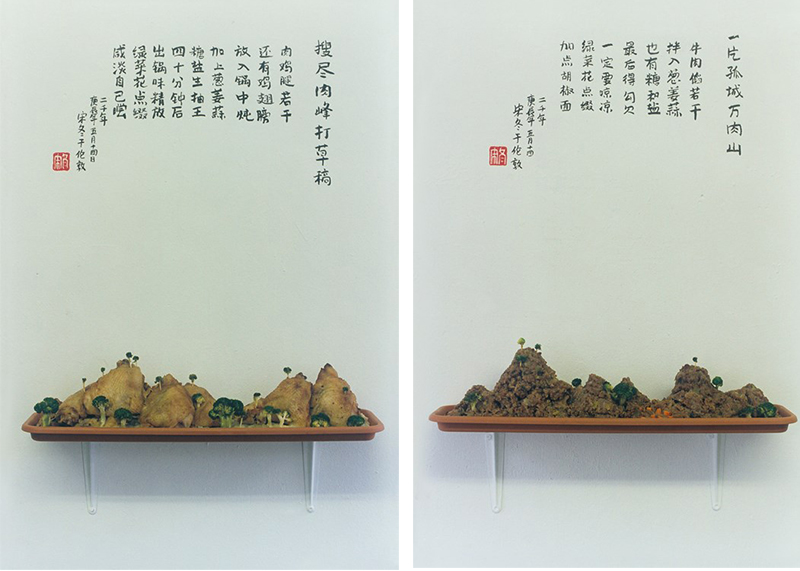ART CITIES:Seoul-Song Dong
 Song Dong has been at the forefront of Conceptual art in China since the 1990s. Song grew up in a tight-knit, traditional community, and his work often examines the everyday realities and issues of his neighborhood. His performance, video, sculpture, painting, and installations are often ephemeral and made of modest materials. They offer multivalent perspectives that draw in equal measure on the past and the present, the personal and the universal, the poetic and the political.
Song Dong has been at the forefront of Conceptual art in China since the 1990s. Song grew up in a tight-knit, traditional community, and his work often examines the everyday realities and issues of his neighborhood. His performance, video, sculpture, painting, and installations are often ephemeral and made of modest materials. They offer multivalent perspectives that draw in equal measure on the past and the present, the personal and the universal, the poetic and the political.
By Efi Michalarou
Photo: Pace GalleryArchive
Since the early 1990s, Song Dong has taken an active role in the progression of Chinese contemporary art through multiple actions. The coercive cultural policy of his time forced much of Chinese art into a “semi-underground” state, but in a way, the burning desire for expression in severely limited conditions served as catalyst for the artist, bringing out numerous diverse and vibrant creations. Song Dong’s solo exhibition “Usefulness of Uselessness” features many of his most representative works from the past 25 years, as well as his latest work showing for the first time. “Frying Water” (1992) is Song Dong’s first video work and a vivid display of his recognized characteristics that already marked the early work. Recorded with a video camera originally meant to document his wedding, the work was created at the simple wedding ceremony held in his home. In the video, Song stands in front of a hot wok and methodically stirs water into scorching oil until it has completely evaporated, carrying out an extremely laborious process to gain nothing in return. Created three years later, “A Pot of Boiling Water” (1995) also records an equally fruitless process in a series of twelve black-and-white photographs: the artist carries a pot of boiling water as he walks through the traditional hutongs of Beijing while pouring hot water onto the ground, drawing a wet line that vanishes almost immediately. This “line”, striking for its humanly warmth, exposes the fruitlessness of drawing borders and boundaries with its ephemerality, and seems to foreshadow in some way his later “Boundless” thinking. In the video “Broken Mirror” (1999), Song Dong swings a hammer to smash a city street scene reflected in a mirror. At that moment, the mirror image distorts and disappears, revealing the illusory and fragile nature of its medium. This relies on the skillful merging of the mirror, the camera, and the screen, into a single transition between reality and illusion that turns everything into a “Visible yet intangible vision”. In “Edible Pen Jing” (2000), Song Dong imitates ancient Chinese paintings with calligraphic scrolls of written menus in intentional clumsy brushstrokes, accompanied by food products assembled as bonsai. This work can be interpreted in the simplest, most direct manner, as a stereotyped image of China’s food culture and painting traditions, but at the same time, its multiple references to various Chinese social and historical backgrounds make interpretation much more difficult: the use of objects to express morality in Chinese landscaping, satirical poetry mocking ostentatious refinement, and the imitation of handwritten menus to capture a scene of civil life. The new works presented in this exhibition are all made of discarded window frames from the great waves of urban demolition and construction in China. They lost their original value of use when disposed. Song Dong separates the external form and original function of these everyday objects, and reaffirms their value on an aesthetic level. Song has coined the term “Abstract Realism” to describe these series of abstract installations created with the materials of reality. Serving as a link to internal and external space, the “window” represents an open bidirectional gaze. Whereas the “mirror” symbolizes a reserved unidirectional gaze as it forces to face the self.
Info: Pace Gallery, Itaewon-ro 262, Yongsan-gu, Seoul, Duration: 7/12/17/14/2/18, Days & Hours: Tue-Sat 11:00-19:00, www.pacegallery.com





